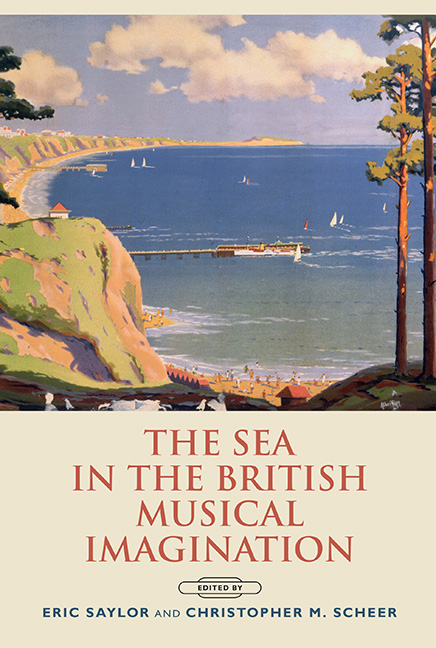11 - Bax’s ‘Sea Symphony’
Published online by Cambridge University Press: 12 June 2021
Summary
Bax, the Fourth Symphony, and the Sea
THE FOURTH SYMPHONY is the exception among Bax's symphonic output. Described by one of the composer's earliest advocates, Robert Hull, as ‘robust and genial’, ‘the most immediately attractive’ of Bax's symphonies, and ‘intentionally brighter than any of the others’, its extrovert ebullience and optimistic conclusion seem to uphold the Romantic symphonic paradigm of per aspera ad astra in a way that many other twentieth-century essays in the genre do not. The reasons for this optimism are multifold: a sense of release after the positive reception of the composer's Third Symphony, which brought to an end a symphonic triptych of violence, introspection, and resolution, and to which the Fourth stands in marked contrast; the conscious turning to northern Europe for inspiration, most notably in the Northern Ballad No. 1 (1927–31) and Winter Legends (1930); and the creative stimulation that arose from the deepening of Bax's relationship with Mary Gleaves. The Fourth was composed in short score between 13 July and 11 September 1930 in London, and completed between October 1930 and February 1931, mostly in Morar, Inverness-shire, where Bax had completed the Third Symphony in the winter of 1928–29, and to which he would return frequently in the 1930s. It was premiered by the San Francisco Symphony Orchestra, conducted by Basil Cameron, at the Civic Auditorium, San Francisco, on 16 March 1932, and was first performed in Britain by the London Philharmonic Orchestra under Malcolm Sargent at Queen's Hall on 5 December 1932. The reception of the work initially was positive. ‘Magnificent continuity is the splendour of this symphony’, wrote the reviewer in Musical Opinion following the British premiere; ‘it never sags; whilst its march-like rhythms sweep along with a rhythmic force and power that is remindful of Beethoven, Bruckner and Mahler’. Ferruccio Bonavia in The Musical Times praised the slow movement in particular, and claimed that Bax's gift for melody ‘lights up every movement, giving it grace, pace, and colour’. The reviewer in The Times acknowledged Bax's craftsmanship, and the consistency of the thematic treatment, but in some respects was disappointed: ‘this symphony nowhere cuts so deep as do some of the movements in the Third.
- Type
- Chapter
- Information
- The Sea in the British Musical Imagination , pp. 225 - 250Publisher: Boydell & BrewerPrint publication year: 2015



